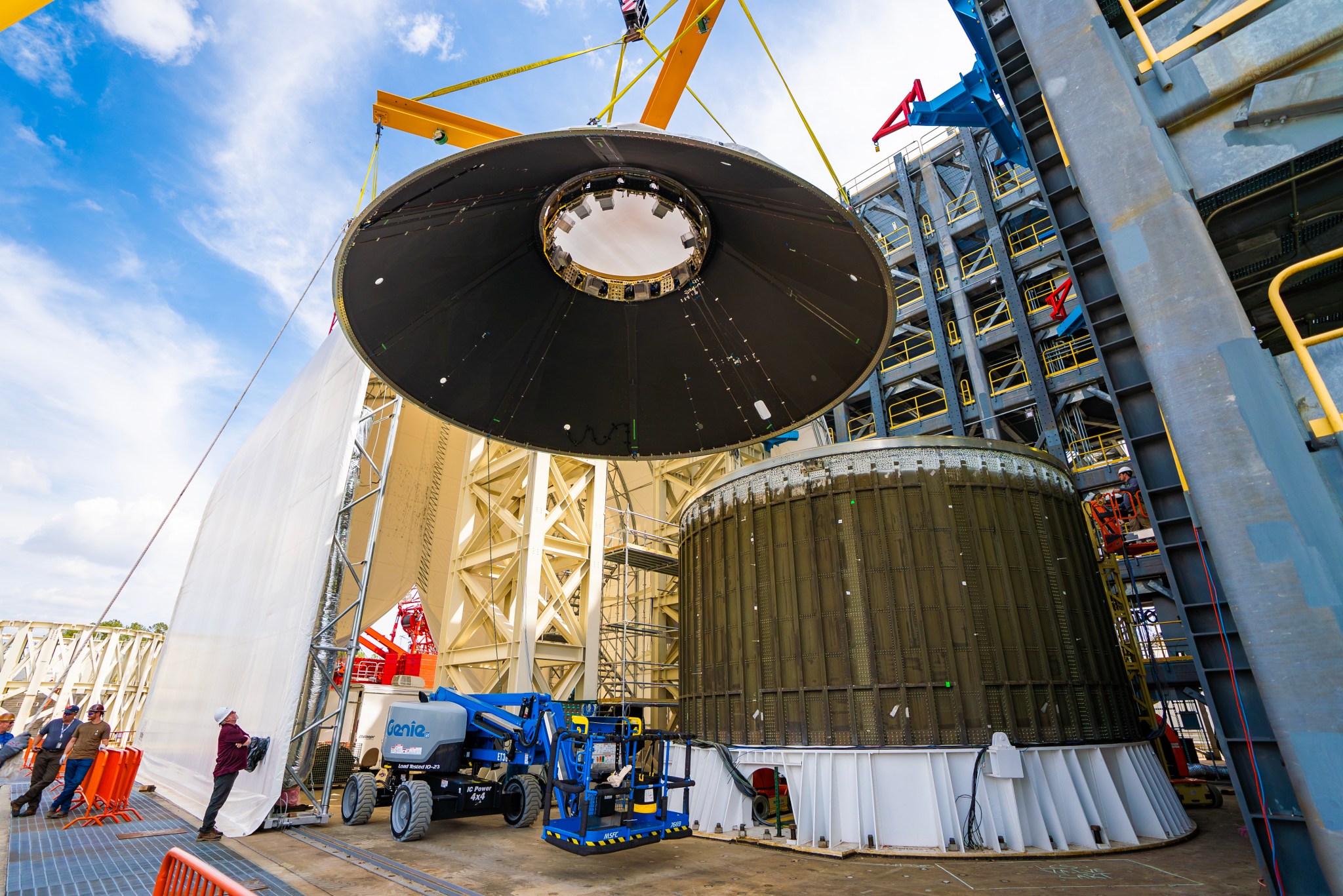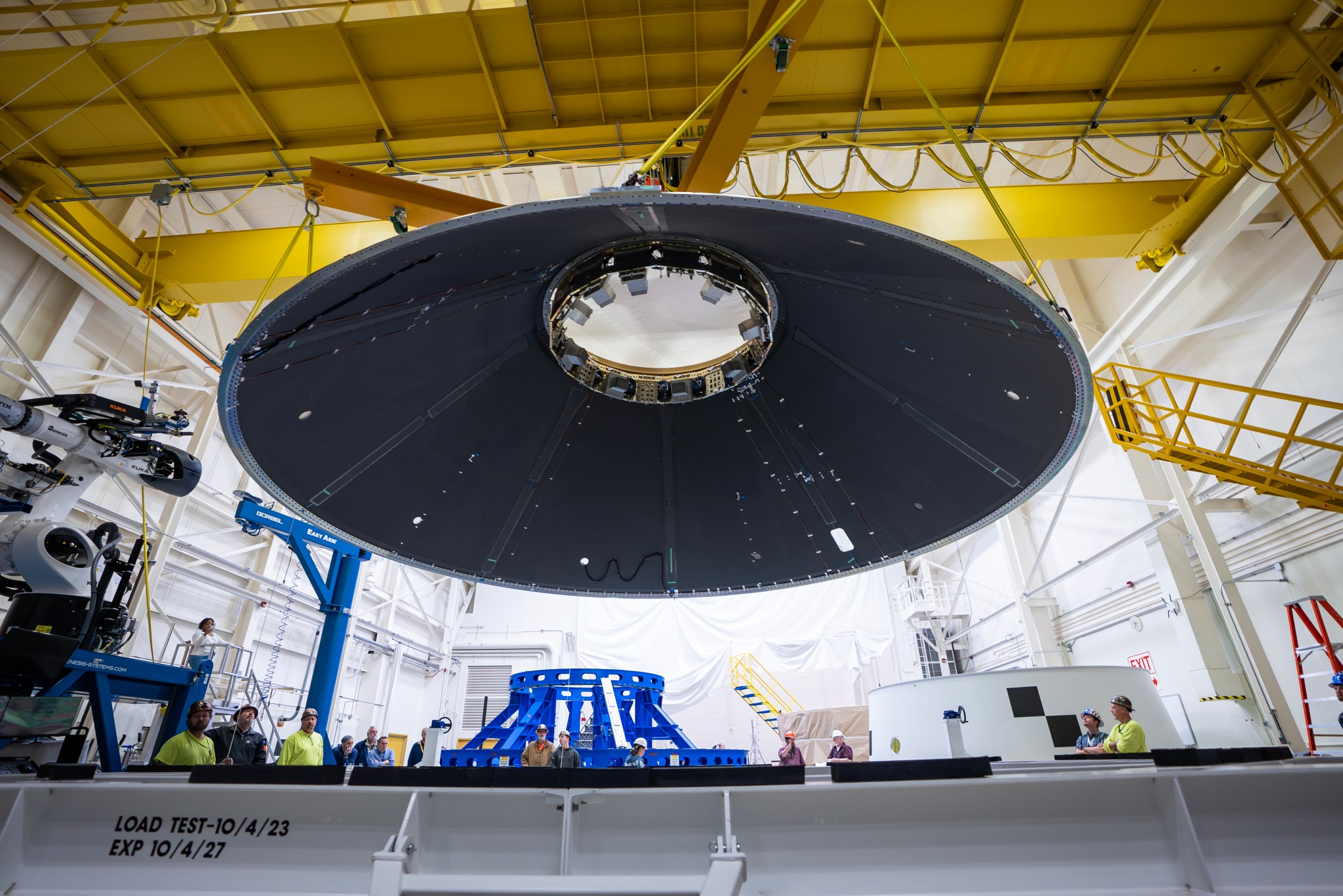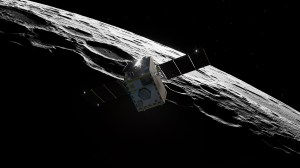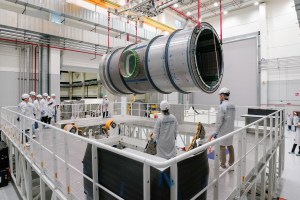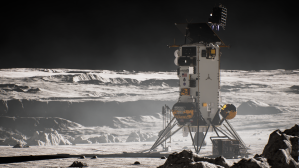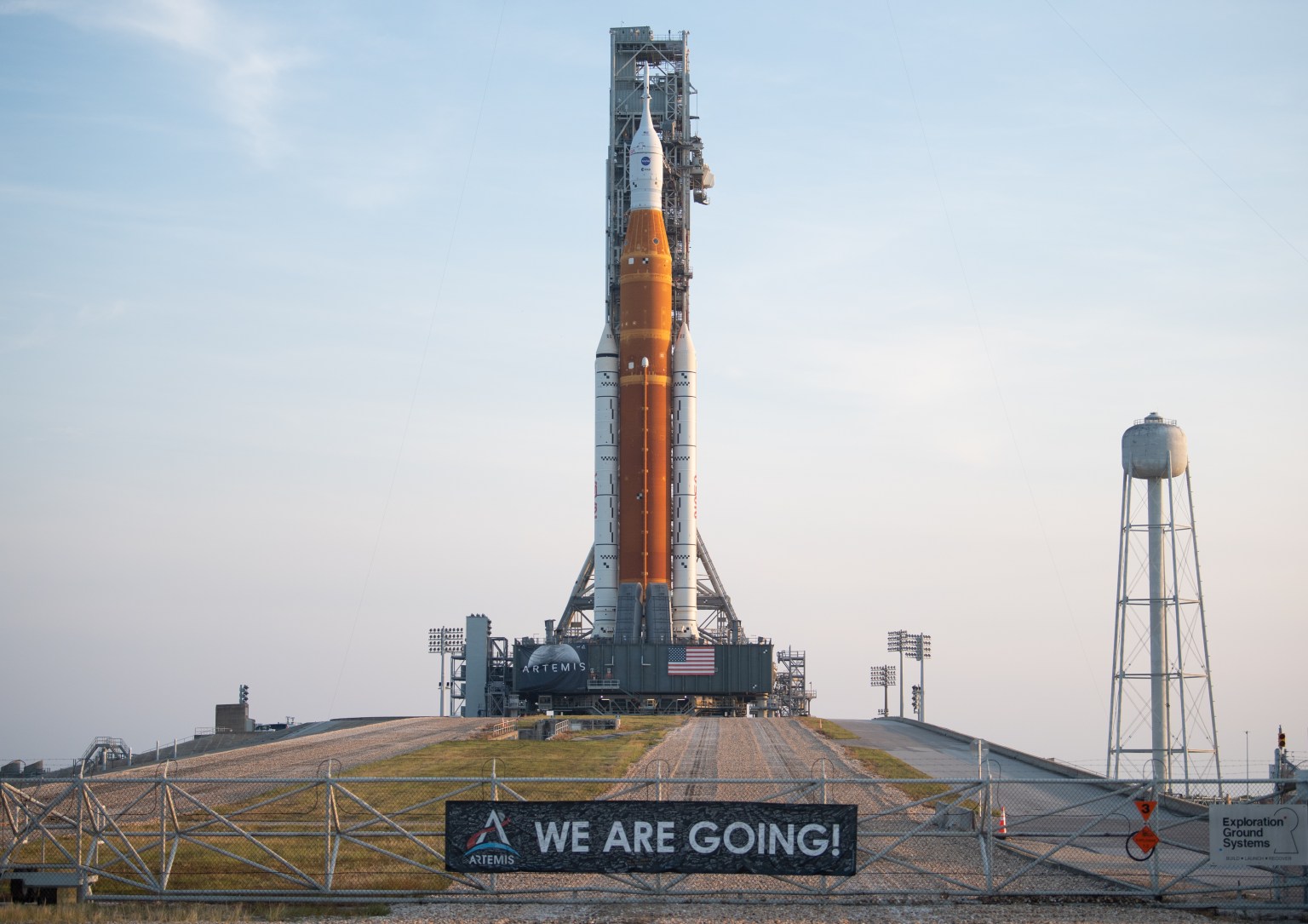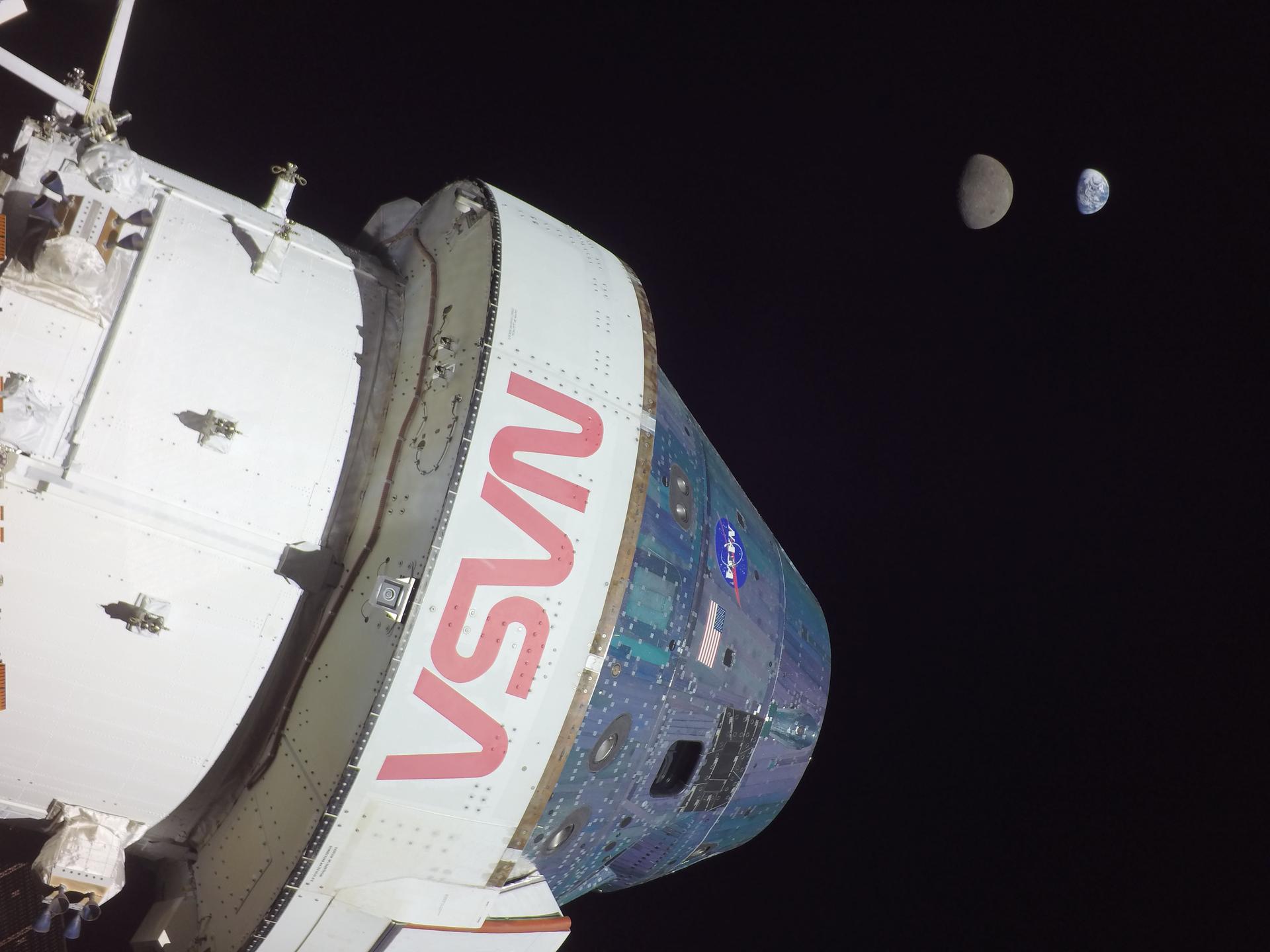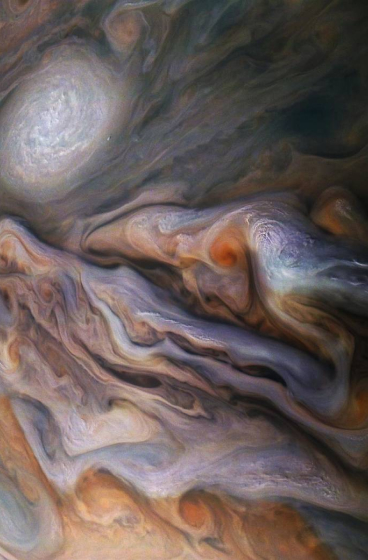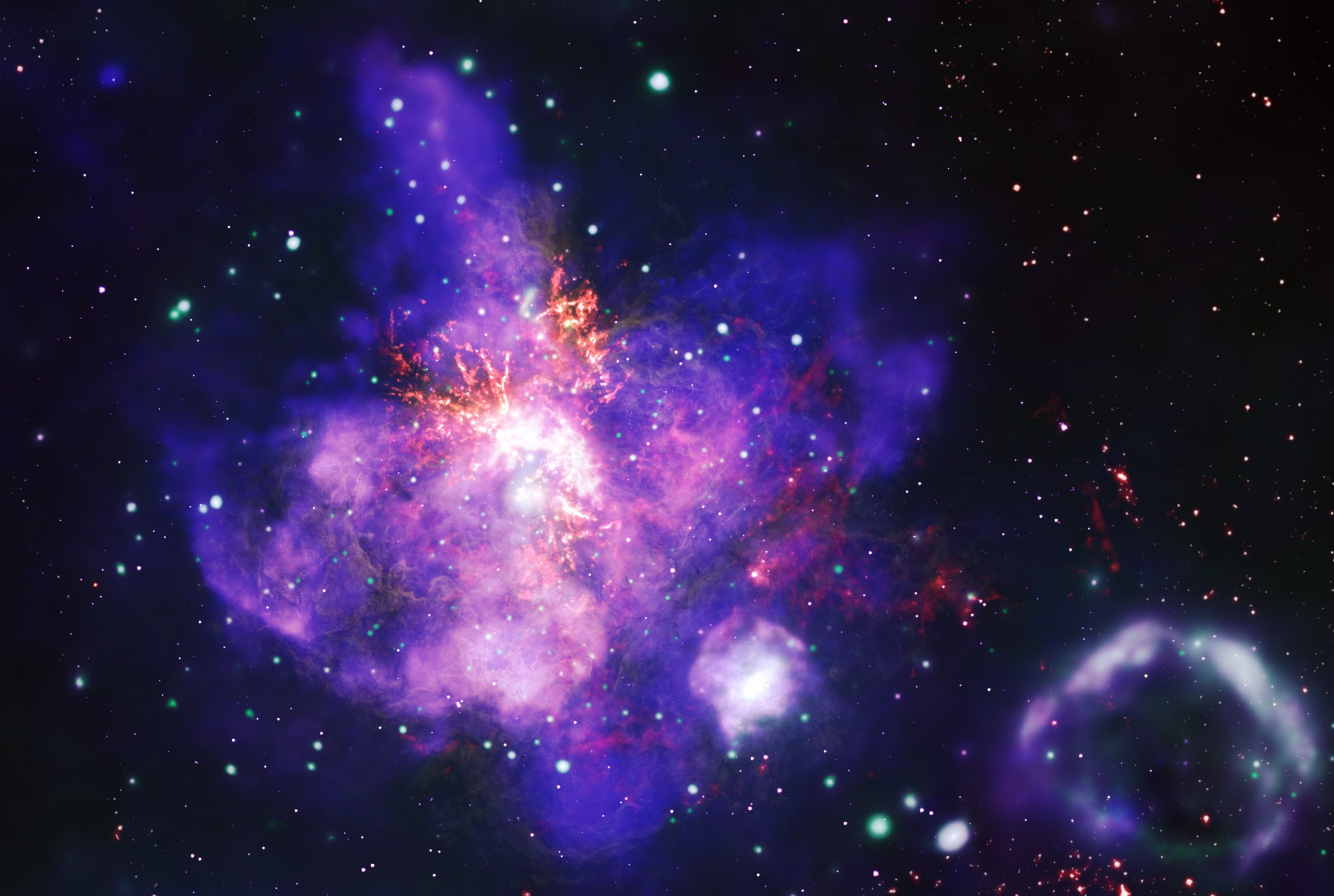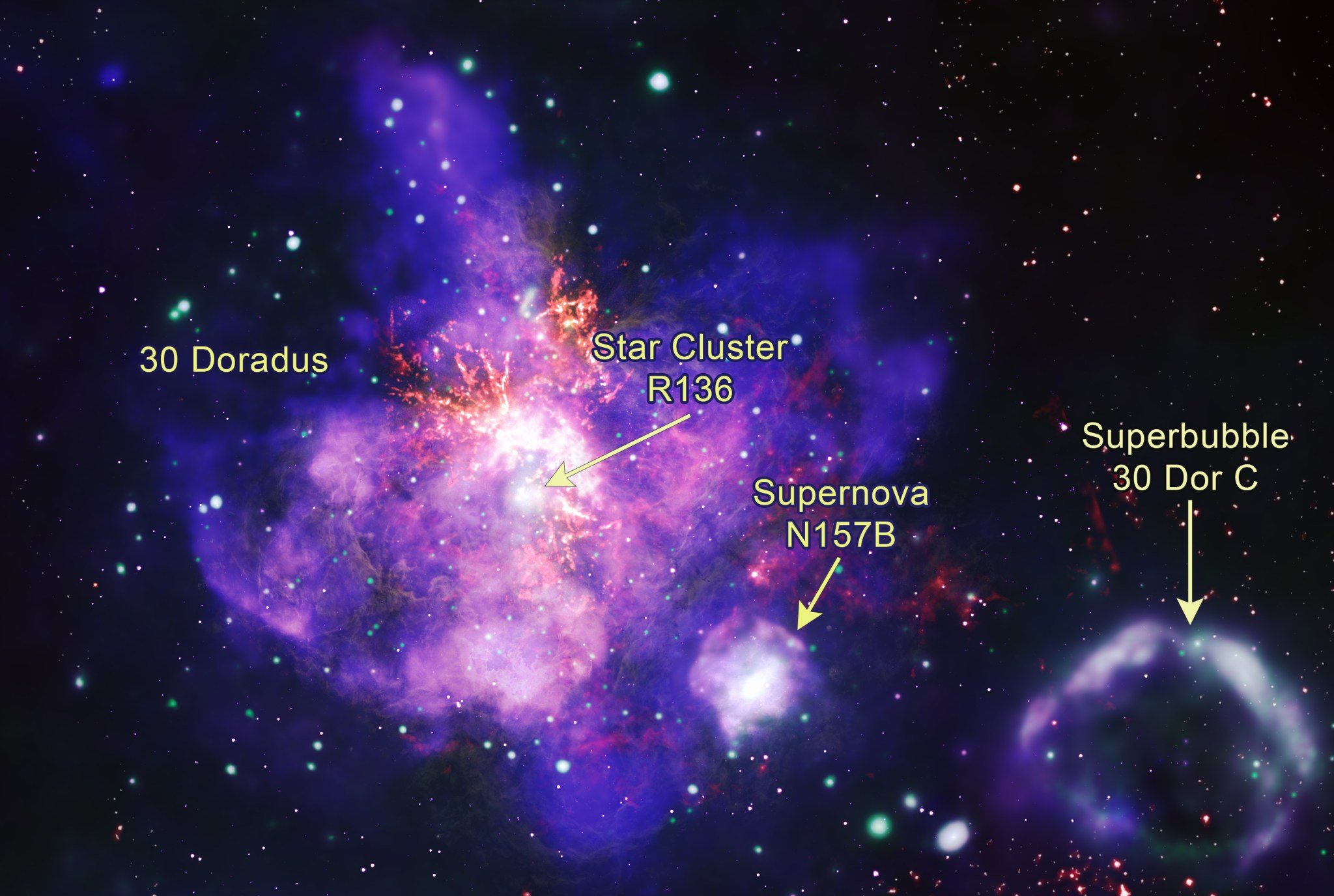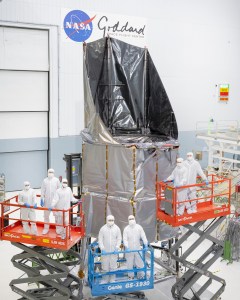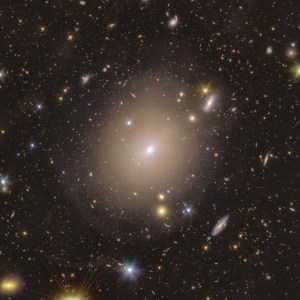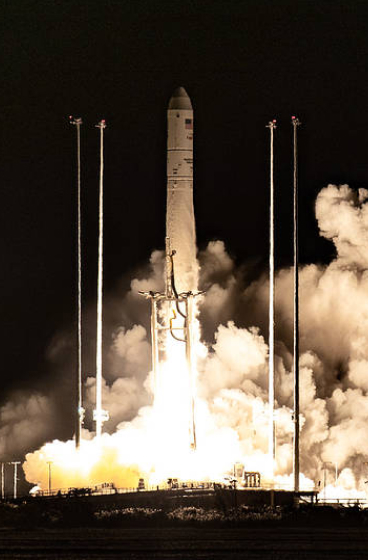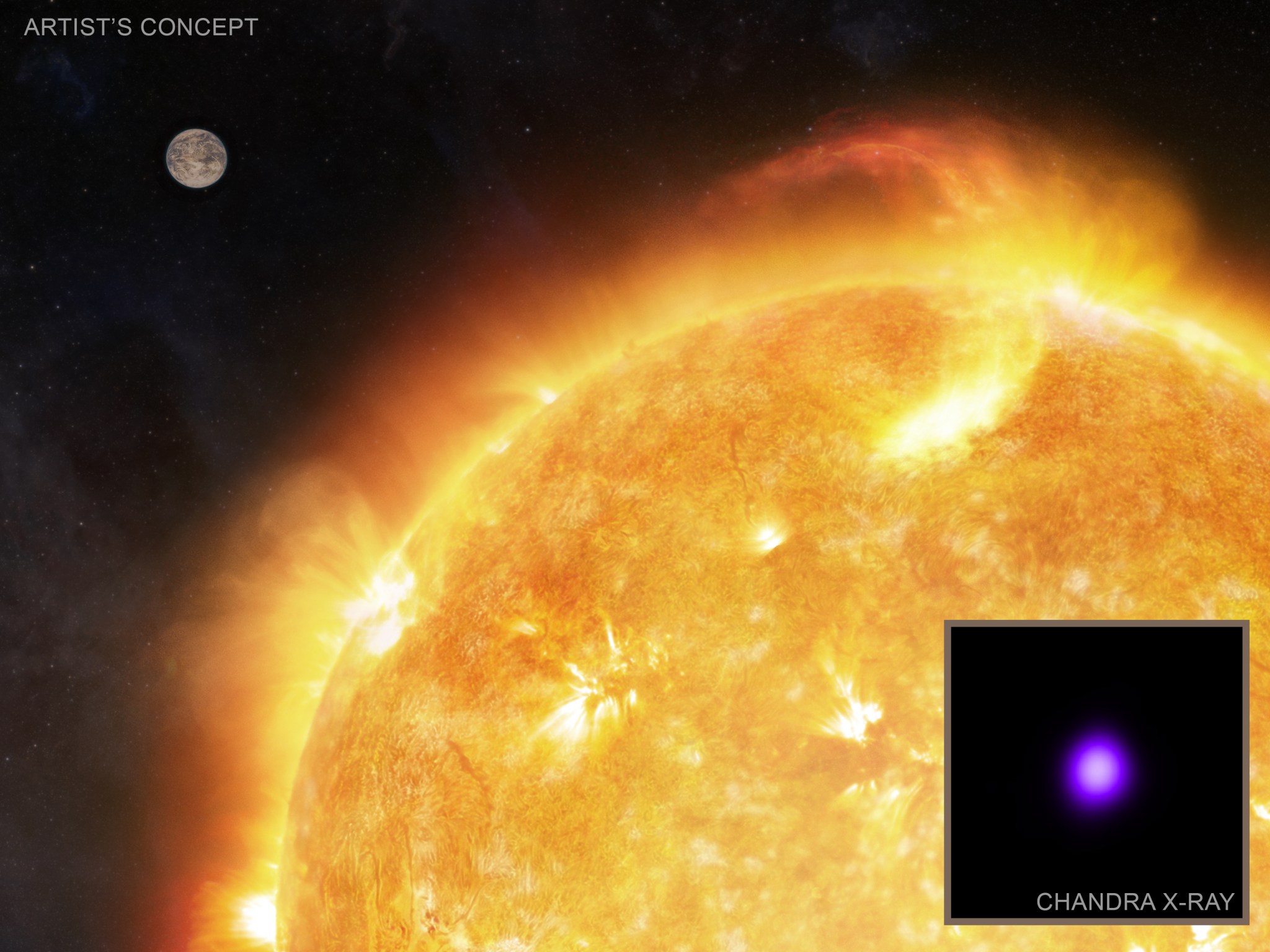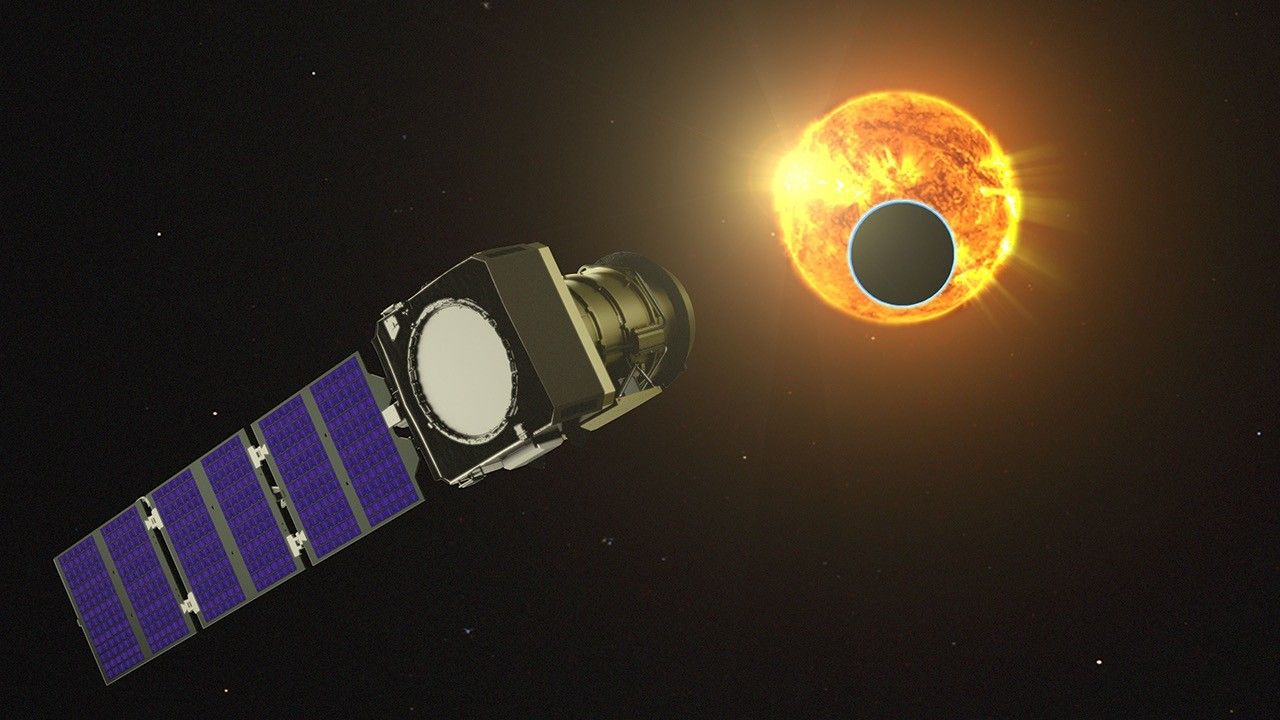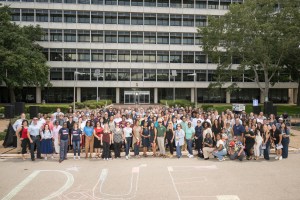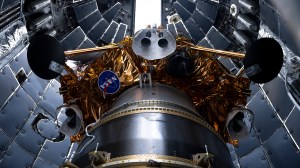NASA’s Artemis III Core Stage Receives Thermal Protection Coating
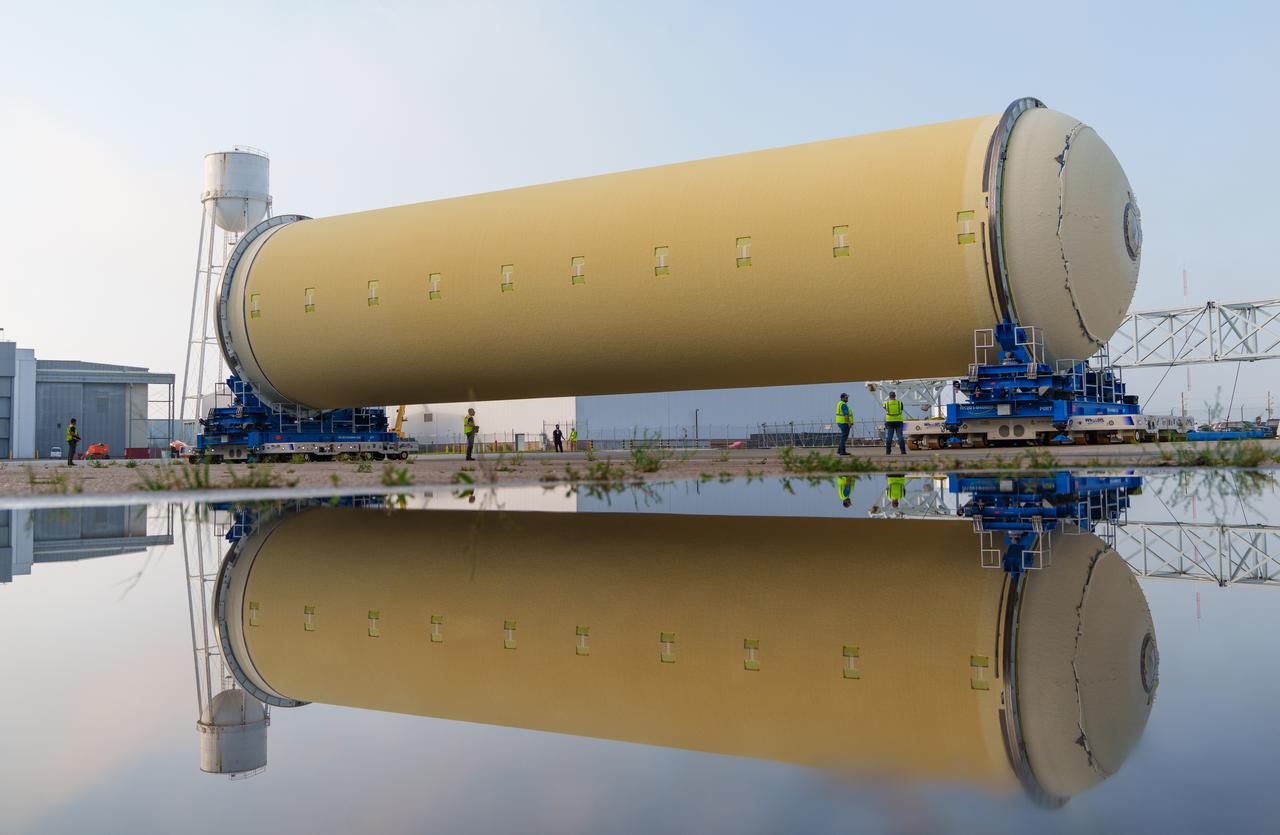
NASA completed another step to ready its SLS (Space Launch System) rocket for the Artemis III mission as crews at the agency’s Michoud Assembly Facility in New Orleans recently applied a thermal protection system to the core stage’s liquid hydrogen tank.
Building on the crewed Artemis II flight test, Artemis III will add new capabilities with the human landing system and advanced spacesuits to send the first astronauts to explore the lunar South Pole region and prepare humanity to go to Mars. Thermal protection systems are a cornerstone of successful spaceflight endeavors, safeguarding human life, and enabling the launch and controlled return of spacecraft.
The tank is the largest piece of SLS flight hardware insulated at Michoud. The hardware requires thermal protection due to the extreme temperatures during launch and ascent to space – and to keep the liquid hydrogen at minus 423 degrees Fahrenheit on the pad prior to launch.
“The thermal protection system protects the SLS rocket from the heat of launch while also keeping the thousands of gallons of liquid propellant within the core stage’s tanks cold enough. Without the protection, the propellant would boil off too rapidly to replenish before launch,” said Jay Bourgeois, thermal protection system, test, and integration lead at NASA Michoud. “Thermal protection systems are crucial in protecting all the structural components of SLS during launch and flight.”
In February, Michoud crews with NASA and Boeing, the SLS core stage prime contractor, completed the thermal protection system on the external structure of the rocket’s liquid hydrogen propellant fuel tank, using a robotic tool in what is now the largest single application in spaceflight history. The robotically controlled operation coated the tank with spray-on foam insulation, distributing 107 feet of the foam to the tank in 102 minutes. When the foam is applied to the core stage, it gives the rocket a canary yellow color. The Sun’s ultraviolet rays naturally “tan” the thermal protection, giving the SLS core stage its signature orange color, like the space shuttle external tank.
While it might sound like a task similar to applying paint to a house or spraying insulation in an attic, it is a much more complex process. The flexible polyurethane foam had to withstand harsh conditions for application and testing. Additionally, there was a new challenge: spraying the stage horizontally, something never done previously during large foam applications on space shuttle external tanks at Michoud. All large components of space shuttle tanks were in a vertical position when sprayed with automated processes.
Overall, the rocket’s core stage is 212 feet with a diameter of 27.6 feet, the same diameter as the space shuttle’s external tank. The liquid hydrogen and liquid oxygen tanks feed four RS-25 engines for approximately 500 seconds before SLS reaches low Earth orbit and the core stage separates from the upper stage and NASA’s Orion spacecraft.
“Even though it only takes 102 minutes to apply the spray, a lot of careful preparation and planning is put into this process before the actual application of the foam,” said Boeing’s Brian Jeansonne, the integrated product team senior leader for the thermal protection system at NASA Michoud. “There are better process controls in place than we’ve ever had before, and there are specialized production technicians who must have certifications to operate the system. It’s quite an accomplishment and a lot of pride in knowing that we’ve completed this step of the build process.”
The core stage of SLS is the largest NASA has ever built by length and volume, and it was manufactured at Michoud using state-of-the-art manufacturing equipment. Michoud is a unique, advanced manufacturing facility where the agency has built spacecraft components for decades, including the space shuttle’s external tanks and Saturn V rockets for the Apollo program.
Through Artemis, NASA will send astronauts to explore the Moon for scientific discovery, economic benefits, and build the foundation for the first crewed missions to Mars.
For more information on the Artemis Campaign, visit:
https://www.nasa.gov/feature/artemis/
News Media Contact
Jonathan Deal
Marshall Space Flight Center, Huntsville, Ala.
256-544-0034
jonathan.e.deal@nasa.gov

